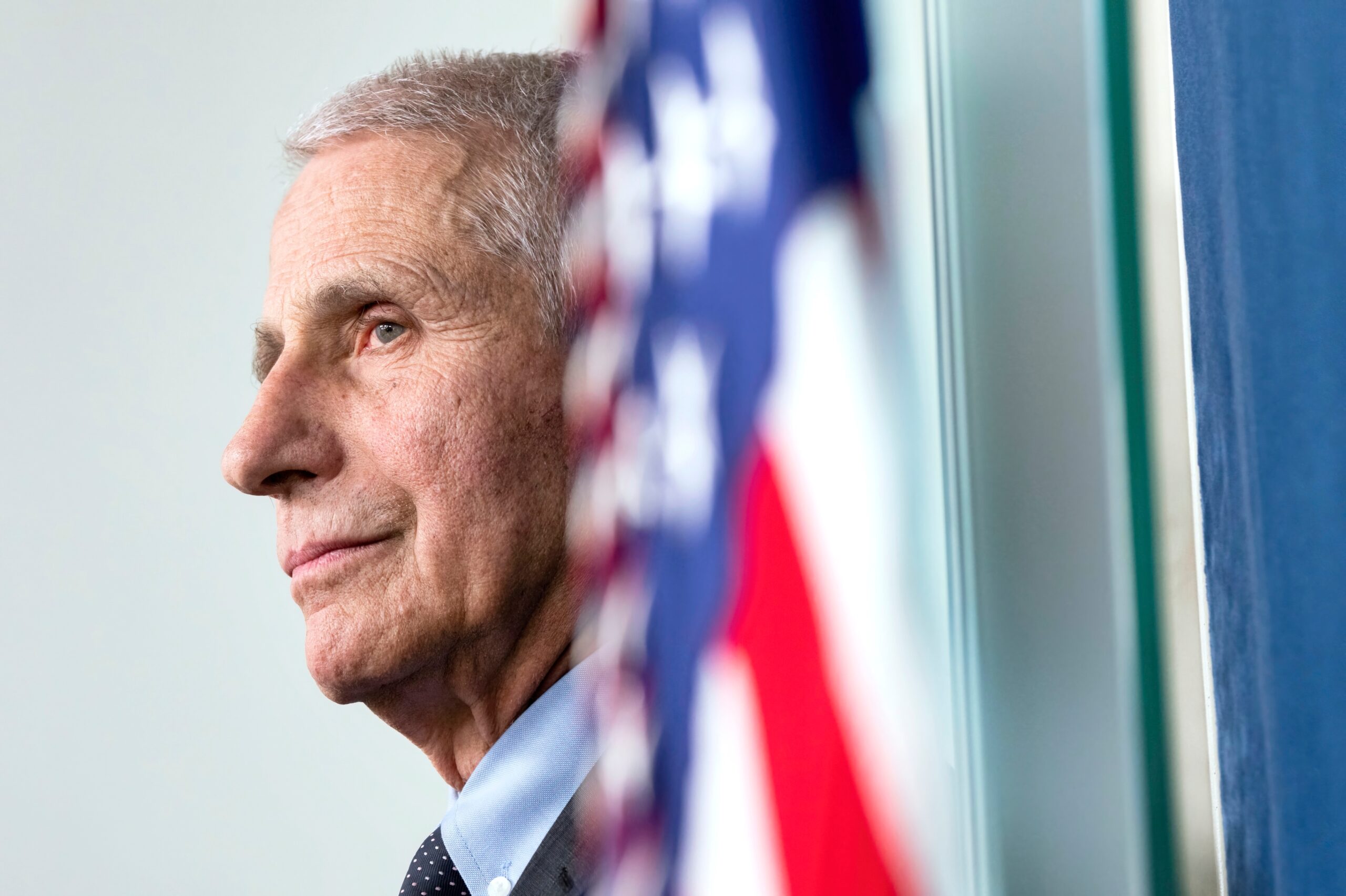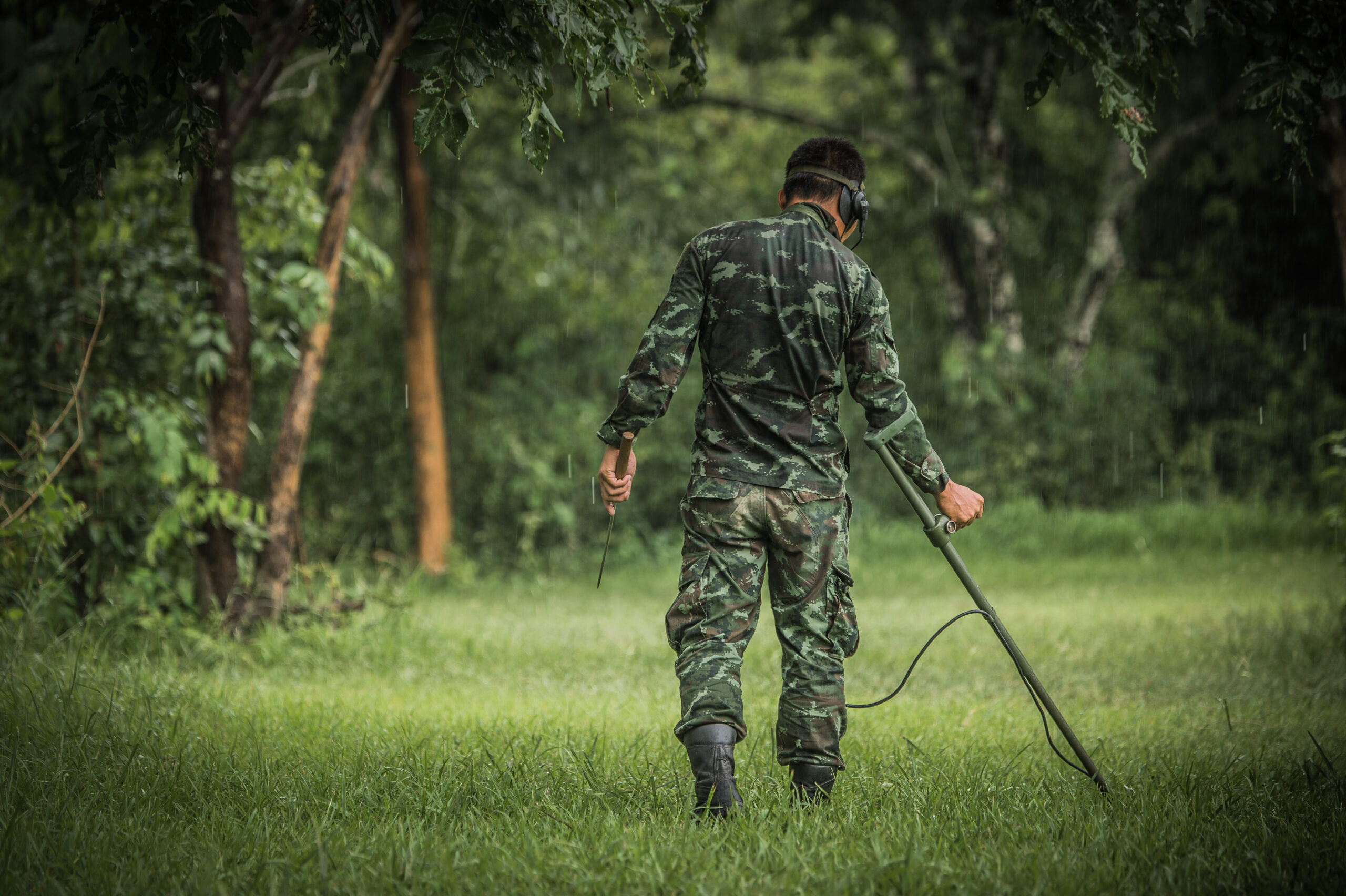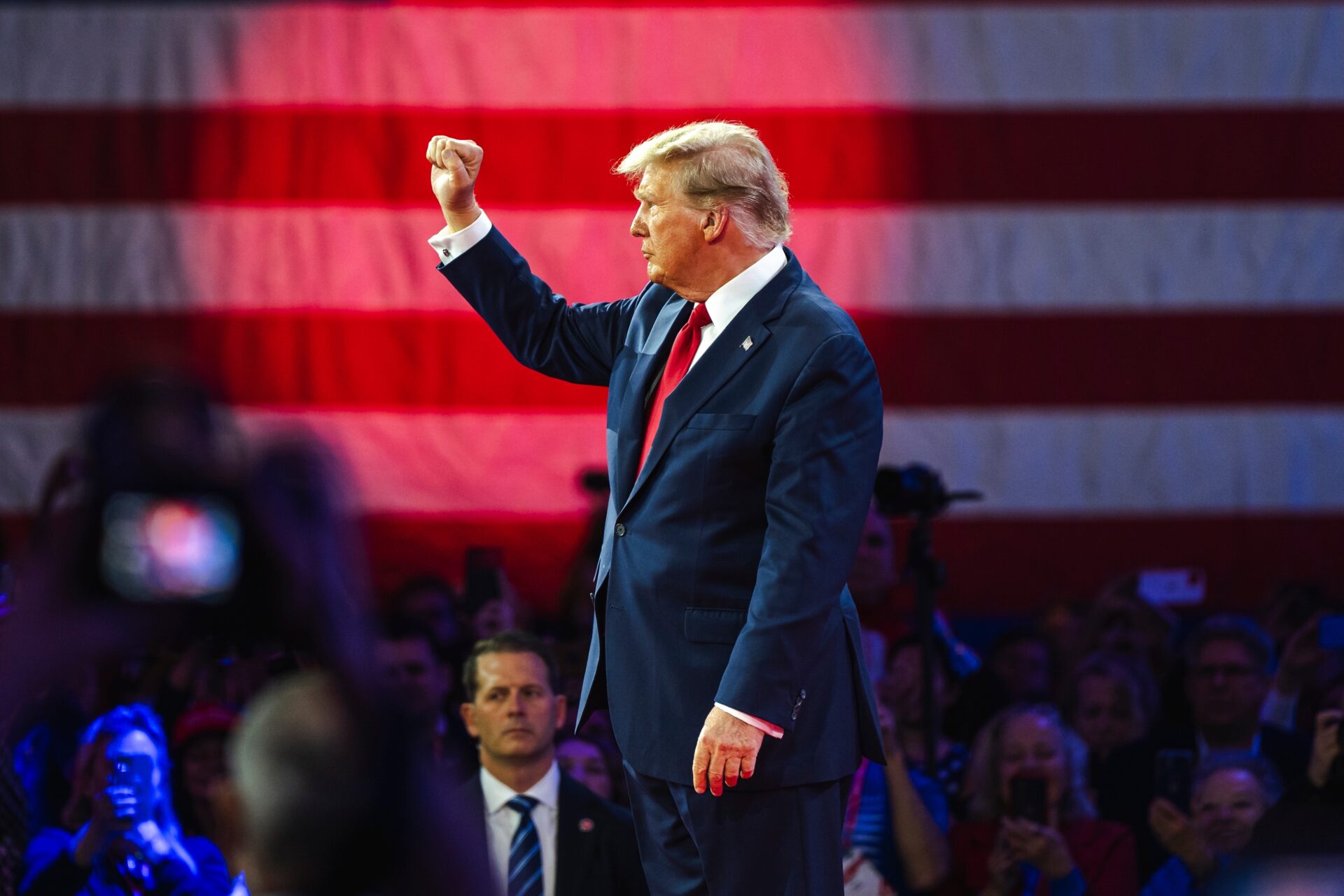In a historic move, President Donald Trump, alongside First Lady Melania Trump, signed the Take it Down Act, marking a significant step against nonconsensual image distribution, including AI-generated deepfakes.
At a Glance
- President Trump signs the Take It Down Act, banning nonconsensual explicit image distribution.
- The act introduces strict penalties, including imprisonment and fines, for offenders.
- The Federal Trade Commission must enforce the image removal from sites within 48 hours post victim requests.
- Melania Trump champions the importance of the bill’s protections against digital exploitation.
The Take It Down Act: A Legislative Triumph
President Donald Trump signed the Take it Down Act into law, a landmark bipartisan effort aimed at curtailing the harm caused by the nonconsensual distribution of explicit images, especially those crafted using AI technologies. This legislation represents a formidable step in an era where digital privacy is frequently compromised. It bans the online publication of explicit images and videos without consent, targeting both traditional forms of distribution and advanced AI-created content such as deepfakes.
The bill, which received overwhelming support with a Senate passage by unanimous consent and House approval of 409-2, imposes strict criminal penalties. It mandates restitution, fines, and imprisonment for violators. The Federal Trade Commission is tasked with ensuring quick removals of such images, requiring websites to comply with victim requests within 48 hours. This initiative aims to make digital spaces safer and more accountable.
Melania Trump’s Advocacy and Legislative Impact
First Lady Melania Trump played a pivotal role in advocating for the Take it Down Act. Her dedication to protecting young people from digital and AI exploitation is evident in her presence at the signing ceremony and past endeavors. Melania’s involvement underscores the significance of this issue, reflecting the project’s importance in confronting digital threats that linger ominously over personal privacy.
“This legislation is a powerful step forward in our efforts to ensure that every American, especially young people, can feel better protected from their image or identity being abused through nonconsensual, intimate imagery. Artificial Intelligence and social media are the digital candy for the next generation — sweet, addictive and engineered to have an impact on the cognitive development of our children, but unlike sugar, these new technologies can be weaponized, shape beliefs and, sadly, affect emotions and even be deadly.” – Melania Trump.
Additionally, the law addresses inconsistencies in state-level regulations surrounding deepfakes, striving for a uniform federal stance on classification and penalties. Through this act, offenders face not just criminal liability but are also subjected to civil prosecution, doubling the law’s protective scope. Meanwhile, the bill’s inspiration came from instances like Elliston Berry’s case, serving as a sobering reminder of the need for such laws.
A United Legislative Effort
The Take it Down Act enjoyed solid bipartisan support led by key sponsors like Sens. Ted Cruz and Amy Klobuchar, championing the cause across political lines. The legislation aims to curb the menace of AI misuse on social media and protect citizens from the resultant grievous exploitation. It’s a formidable attempt to place digital integrity at the heart of governance, aligning with traditional ideals of personal privacy and family values so cherished in American culture.
“With the rise of AI image generation, countless women have been harassed with deepfakes and other explicit images distributed against their will. This is … wrong, and it’s just so horribly wrong. It’s a very abusive situation like, in some cases, people have never seen before. And today we’re making it totally illegal.” – Trump.
The First Lady signing the bill, although symbolic, will likely be remembered as a pivotal moment in legislative history against digital exploitation. It strengthens traditional values by protecting communities and highlights a resolve to battle the evolving threats of technology.







